Content from the Brookings Institution India Center is now archived. After seven years of an impactful partnership, as of September 11, 2020, Brookings India is now the Centre for Social and Economic Progress, an independent public policy institution based in India.
This article first appeared in the Mint. The views are of the author(s).
George Westinghouse and the company he founded in 1886 in Pittsburgh, Pennsylvania, pioneered the commercial production and transmission of a scientific marvel called electricity, which has since powered and revolutionized the modern world. With the dawn of the nuclear age, Westinghouse Electric Company went on to develop pressurized water reactors (PWRs) for marine propulsion of aircraft carriers, submarines and ice-breakers. Based on these military reactors, Westinghouse supplied the world’s first PWRs in 1957 for a nuclear power plant. Since then it has remained one of the most prominent companies in the nuclear industry whose technology formed the basis of nearly half the world’s nuclear units. Until now.
This US nuclear industry giant, which was acquired by Japanese conglomerate Toshiba in 2007, filed for bankruptcy in March this year on account of mismanagement and billions of dollars of cost overruns for the construction of four nuclear reactors in the US states of Georgia and South Carolina. Toshiba, which itself sank into a deeper financial quagmire because of its US subsidiary, is now desperate to sell Westinghouse’s nuclear business.
Within days of the announcement on Westinghouse, which is slated to build six nuclear reactors in India at Kovvada, Andhra Pradesh, several prominent voices called for India not to enter into a contract with the bankrupt company. This conventional wisdom notwithstanding, it is worth exploring whether India might be better off taking a bold step by bidding for Westinghouse instead.
Prima facie there might be very little financial logic for India trying to acquire a bankrupt US company. Yet, the Indian government has a long record of bailing out several loss-making public enterprises, the sum of which is, doubtless, more than any bid it will need to acquire Westinghouse. Of course, the counter-argument would be that India should not be bankrolling loss-making Indian public sector companies in the first place, let alone throwing a lifeline to non-Indian companies. However, some investments inevitably need to transcend short-term financial reasoning to secure long-term strategic and economic gains.
A bid for Westinghouse would inevitably have to be done by an Indian consortium of public and private companies, since neither one is likely to be in a position to raise the necessary funds. This consortium might be able to raise additional funds from Japan and the US as well to make the bid. Such an effort would benefit India Inc. in several strategic ways.
First, it would be an ideal test case for the public-private partnership model promoted by the Narendra Modi government to work at a global scale. Acquiring Westinghouse would not only secure the six reactors that the company plans to build in India but would also make India a major player in the global nuclear market, competing with a state-of-the-art reactor.
While the Westinghouse AP1000 was an experimental reactor, which faced numerous teething troubles, most of these have now been resolved, albeit at a heavy cost. The revolutionary prefabricated plants, coupled with existing orders to build reactors in Bulgaria, China, the UK and the US, would make India part of a global nuclear supply chain. This would also strengthen India’s credentials for membership of the Nuclear Suppliers Group (NSG).
Besides, Westinghouse’s expertise in marine nuclear propulsion systems would be particularly welcome, given India’s ambitious plans for building nuclear-powered aircraft carriers and submarines.
Second, such a bid, which will inevitably save thousands of US jobs (while also generating a significant number in India) is likely to curry favour with the Donald Trump administration. It would build on the decision by Infosys to create 10,000 jobs in the US. Moreover, it is bound to strengthen the India-US nuclear deal and partnership, along with the India-Japan partnership, and might also pave the way for US subsidies for Westinghouse power plants.
Third, and perhaps most significantly, a successful bid will allow New Delhi to steal a strategic march over Beijing. China, which is developing its own reactors based on a copy of the AP1000 has, unsurprisingly, and so far unsuccessfully, made a bid for Westinghouse. This bid, despite the faux bonhomie at the summit between Trump and his Chinese counterpart Xi Jingping, has alarmed top US officials, given China’s well-documented espionage efforts to acquire details of the reactor from Westinghouse. Thus, Washington will block any official bid by Beijing.
Moreover, were India Inc. able to acquire Westinghouse, it would also gain leverage over the US reactors being built in China, which are crucial for the future of China’s own nuclear ambitions. As a corollary, China might feel compelled to acquiesce to India’s membership of the NSG for its own interest.
Of course, there is every chance that the Trump administration might directly intervene to assist Westinghouse or that a bid by India Inc. might be blocked after it is reviewed by the all-powerful committee on financial investment in the US. Nonetheless, declaring its intentions to save Westinghouse and US jobs, and making a sincere effort to rescue both, will be well received in Washington. It will also provide India with several other advantages.
Not making a bid will bring no gain and might even disrupt the India-US nuclear deal if no agreement is reached on the construction of the six reactors by the belaboured company. The Westinghouse woes offer an opportunity for India to grab a place at the high table. Will it be bold enough to seize it?
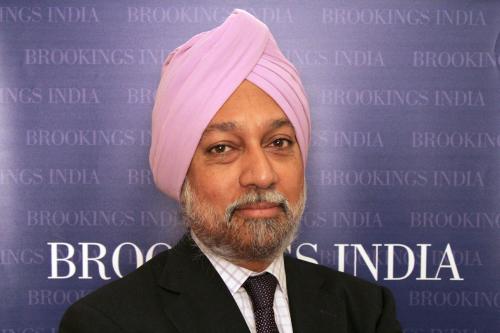

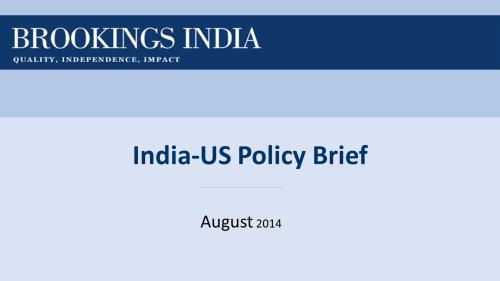

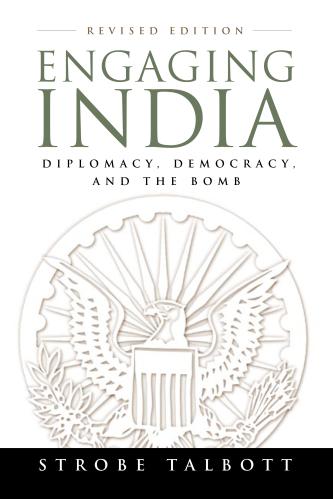
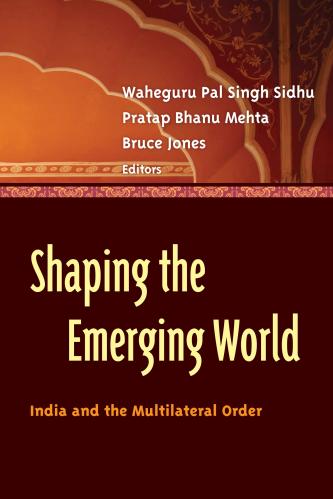


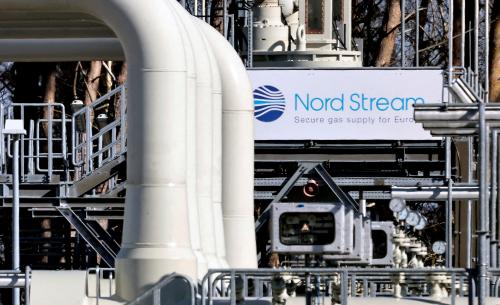
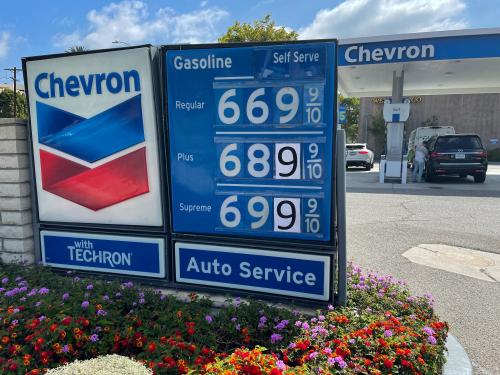
Commentary
Op-edShould India Inc. bid for Westinghouse?
May 8, 2017